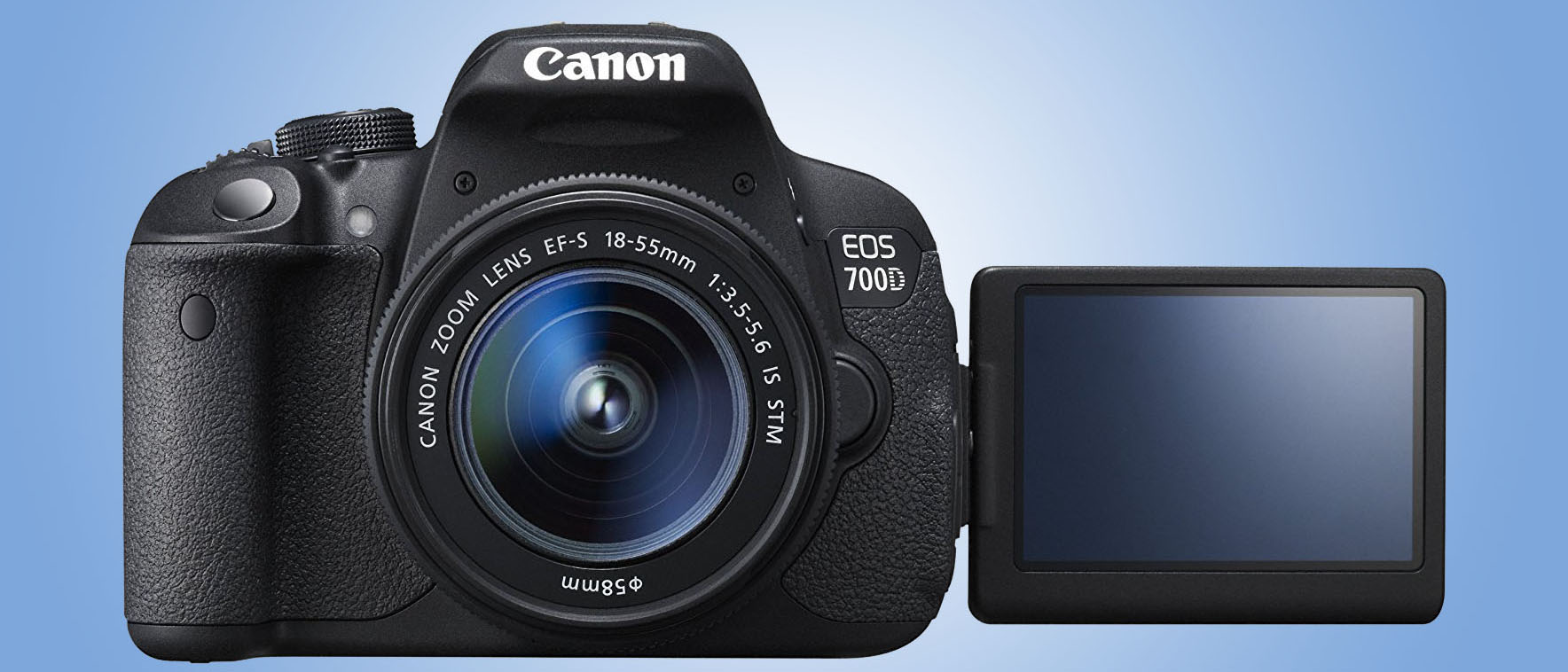Why you can trust TechRadar
The Canon EOS 700D is a superb camera that combines some of the best aspects of modern digital camera technology. It has a good sensor capable of recording lots of detail, a comprehensive feature set and a responsive vari-angle touchscreen that provides a quicker method of controlling the camera than buttons and dials - for those who want to use it.
It is an excellent choice of camera for anyone wanting to take their photography more seriously, shoot from creative angles or start recording videos. However, it is only a minor improvement on the Canon EOS 650D, and owners of this slightly older camera need feel no compulsion to upgrade.
That said, the hybrid focus system is significantly better; it's more sensitive and quicker to respond when the shutter release is depressed. It still isn't fast enough for use with moving subjects, though.
However, when Movie Servo AF is enabled and an STM lens is mounted, the Canon 700D brings subjects smoothly and silently into focus to produce high-quality video footage, with no hunting in good light.
When shooting with the camera held to the eye, the Canon 700D reverts to the more standard phase detection AF system, which is fast, efficient and useful when shooting a range a range of subjects, including sport and action.
We liked
Because the Canon 700D has the full complement of button and dial controls as well as the touchscreen, photographers can choose how they wish to use it.
The vari-angle screen comes into its own when shooting landscape, macro or still life images, and you have time to consider the composition and ensure the point of focus is exactly where you want it. It's also extremely helpful when shooting video clips.
We disliked
The main source of complaint about the Canon EOS 700D is that it's only a very minor upgrade on the Canon EOS 650D, and that it uses the familiar 18MP APS-C format sensor. While this may seem like a strange move for Canon, why should a company wait to make improvements to an existing model?
One downside to controlling the camera via the touchscreen is that the LCD is quickly covered in fingerprints and greasy smears, which make the images hard to see in bright light.
It's a shame that Canon hasn't made the ratings option easier to access when reviewing images, nor included Wi-Fi technology to enable wireless control over the camera for wildlife photography, as well as cable-free image transfer.
Nikon stuck with its 12MP sensors for a long time, but it has now progressed onto 24MP sensors, which have been widely well received. Canon seems to be stuck at 18MP for its APS-C format DSLRs, and although the image quality is very good, some may argue that it is a little behind the times.
Our lab tests also reveal that the Canon 700D lags behind the Nikon D5200 and Sony Alpha 58 for dynamic range and signal to noise ratio.
Final verdict
The Canon EOS 700D is a very capable and versatile camera that produces high quality images. It has a comprehensive feature set and affords all the control expected by enthusiast photographers while providing automatic hand-holding options for less experienced users.
It produces images that are of very similar quality to those from the Canon 650D, although our tests reveal that they are a little noisier.
The 700D once again highlights the benefits of shooting raw images rather than JPEGs as being able to tailor the noise reduction and sharpening to the specific conditions produces higher quality results.
While some may scoff at the vari-angle touchscreen, we say don't knock it until you've tried it. It's extremely responsive and it promotes creativity. We are becoming increasingly used to touchscreen control on a range of other devices, so it seems odd that Nikon hasn't yet employed the technology in a DSLR.
